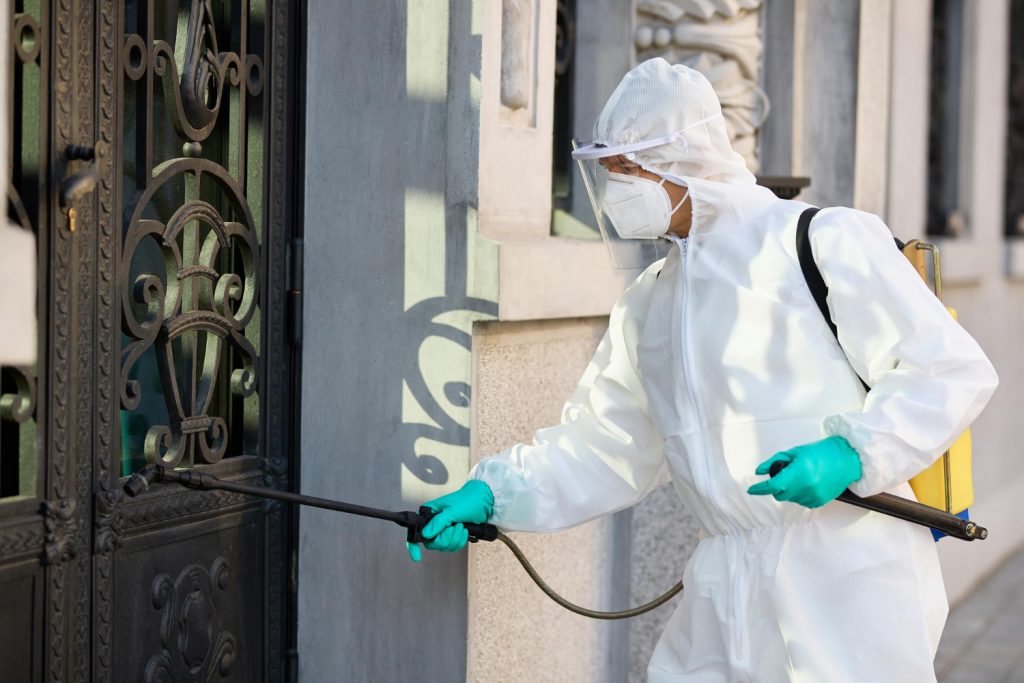
May 31, 2024 / By Admin
Rats are destructive creatures and can cause much havoc and inconvenience if they can get into your house. Not only can they spread diseases amongst one another, but they also contaminate food, electricity wiring, and wooden structures in the house. To get rid of rats, you need a little effort, but there are many techniques that you can use to get rid of rats from your home.
Here are some techniques you can apply:
Block their Entry Points
The first action plan is to learn how the rats are accessing the house and using various techniques to confine them. It is believed that rats can get through even the smallest of spaces, almost as small as a coin hole.
Check the Perimeter
Go around the perimeter of your house, both inside and externally, and try to find gaps around pipes, vents, windows, and doorways. Fill all the gaps with steel wool or caulk. Do not forget to examine the foundation, the attic space, and the area around the roof.
Fix Cracks and Crevices
Look for cracks in walls, spaces between the cabinets, areas beneath the doors, and the passages of the pipes. Sealants such as caulk, plaster, cement, hardware cloth, sheet metal, or steel wool are used to close the cracks and gaps.
Traps
This is something that is very cheap and efficient when it comes to catching those rats.
There are several types of traps you can use:
- Snap Traps
These are mechanical traps that trap the rats and instantly cause their death once the traps are closed on them. You can use peanut butter, cheese, or raw bacon as bait to trigger the hog to come out. You can put them along the wall or wherever you have seen rats. - Live Cage Traps
These are devices that capture the rats alive, and hence, you are able to release them at least 10 miles away from your house. It is how you would set common snap traps. Check traps frequently. - Glue Boards
Glue boards have glue on them that captures rats when these animals step on them while moving through the area. These should be placed along the walls or at any area prone to rat activity or the rat rout path commonly called rat runways. The best way to dispose of live, trapped rats is to take them outside and release them or use vegetable oil to lubricate their bodies and make it easy for them to slip off your hands and run away. - Electronic Traps
These deliver a lethal shock to the rats that would step or just pass through the area. Position it along the walls such that the opening will be directed towards the wall so that the rats can be caught in mid-movement.
Repellents and Deterrents
Using certain strong scents and substances can help make your home less inviting to rats:
- Peppermint Oil
Peppermint oil has a repulsive smell to rats and hence they will avoid any area with a strong smell of this oil. Dip cotton in oil and lay it in areas where the rats pass through or find their way into the building. - Ammonia
Rats are sensitive to the stink of ammonia, and this makes them uncomfortable since it is an irritant to their nose. This should be placed in all those areas where you find the rats to be most active to control their presence. - Mothballs
Quite a number of scents such as naphthalene, the smell of mothballs, help keep rats at bay. Put them in the areas that have insects, but ensure that they do not come within the reach of children. - Chili Pepper
Put some finer powders, such as ground cayenne pepper, red pepper flakes, or chili powder, in the places where rats are found most. Spices are disliked by rats because of their heat. Either reapply the product after cleaning the area or use it as a spot treatment or in combination with other products as described in the rest of the directions.
Prevent Food and Shelter
To discourage rats from invading, make your home and property less hospitable by limiting their food sources and hiding places:
- Manage Garbage
The trash should be stored in baskets, dustbins, or bin liners, and it should be made of metal with tight lids. Take any food leftovers, avocados, cherries, strawberries, or food for your pets around your house. - Remove Debris and Plants
Remove excess foliage, wood, and other loose items, such as scrap metal, cars, tires, etc, close to the foundation. It provides harbors for rats. - Store Food Properly
Ensure that all the foods kept for humans and pets are stored in chew-proof containers to avoid chances of rat invasions. In case of any spilling or staining of clothes, food, or any other item, clean it up as soon as possible.
When to Call an Exterminator
If you have a massive infestation, if it covers a large area in your property or home, or if you have attempted utilizing the procedures highlighted in this guide and have not been successful, you should consider inviting a professional exterminator. They have commercial grade rat poison which they can tell where the rat nest is and they use appropriate equipments.
Conclusion
It requires hard work on the following areas of a rat infestation issue: blocking regions through which the rats gain access, trapping, natural enemies, repellents or deterrents and last but not the most minor elimination of food and shelter sources for these rats. If you have attempted these methods and are still experiencing a rat problem, it is essential to seek professional help in eradicating these creatures and preventing them from re-establishing themselves in your home.


